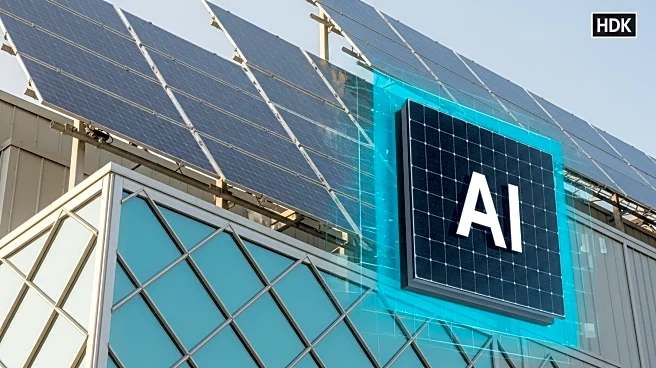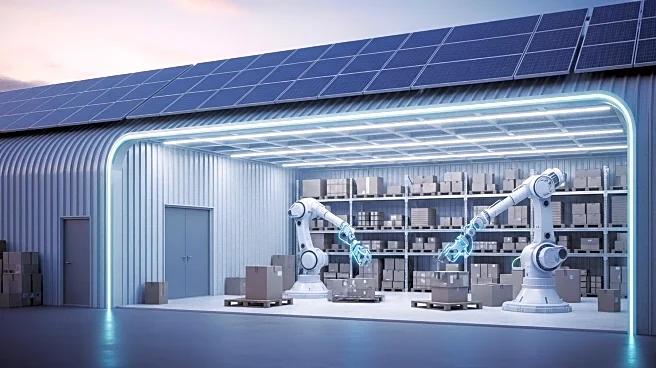What's Happening?
The Port of Los Angeles has initiated the process to develop a new container terminal, known as Pier 500, by issuing a Request for Proposal (RFP) to interested parties. This marks the first step in what is expected to be a decade-long project aimed at expanding the port's capacity to meet future global supply chain demands. The port, which is the busiest in the United States, currently operates seven major container terminals and six intermodal rail yards. The new terminal is proposed to be a 200-acre site with two new berths and approximately 3,000 linear feet of wharf space. The development aims to enhance efficiency and sustainability while creating new jobs. The project will undergo necessary environmental assessments as required by state and federal laws.
Why It's Important?
The development of Pier 500 is significant as it addresses the growing demand for container handling capacity at the Port of Los Angeles, a critical hub in the global supply chain. By expanding its infrastructure, the port aims to accommodate larger, next-generation cargo ships, which could enhance its competitive edge against other major ports like Long Beach and New York/New Jersey. The project is expected to boost local employment and contribute to economic growth in the region. Additionally, the focus on creating a 'cleanest terminal possible' aligns with broader environmental sustainability goals, potentially setting a precedent for future port developments.
What's Next?
Proposals for the Pier 500 project are due by January 29, 2026. Following the selection of a proposal, the port will enter into a public-private pre-development agreement to assess the project's financial feasibility and secure necessary entitlements. The entire process, from pre-development to full operation, is anticipated to take approximately 10 years. Stakeholders, including local communities and environmental groups, are likely to engage in discussions about the project's impact and benefits.











